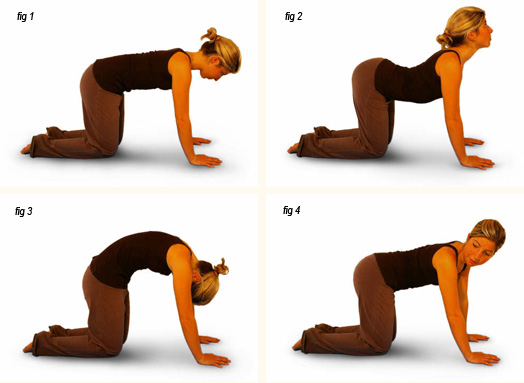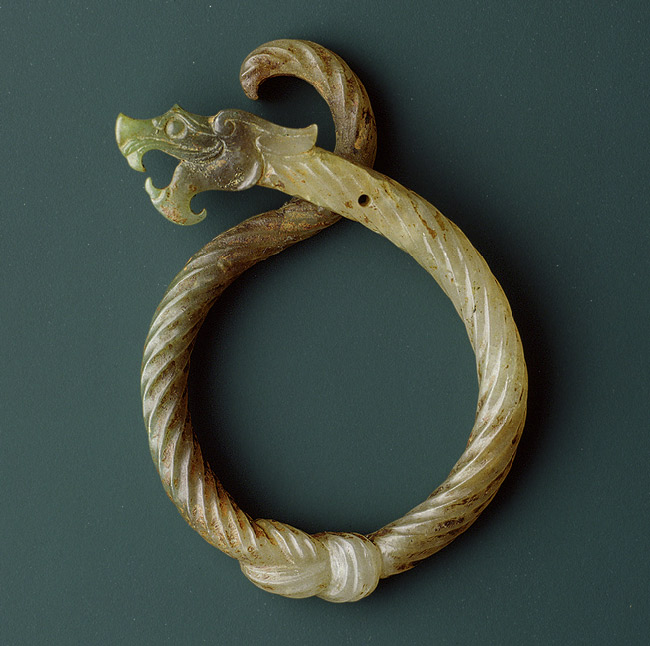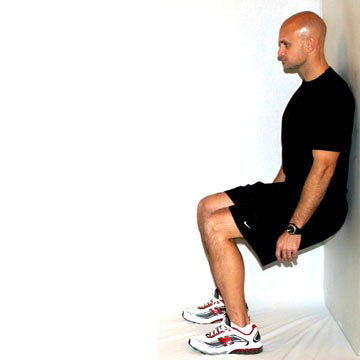cdobe wrote:Tesshu wrote:@wuyizidi:
Knees right above feet. Thighs parallel to ground. Not leaning. No butt sticking out. Even parallel feet. Freak of nature?

No. Just training.

Perfect, you're an atheist's nightmare...
PS Can you create a sideview of your stance?
Nice. And I'm sure when you post the side-view, there would be minimum leaning. As I mentioned in the final point of my previous post, you can maintain those alignments because you're taking a wide stance (like in the Chen Fake picture I posted), but not in a narrower stance like the one below:

The reason is when you take a wide stance, you're opening your legs - look at the lines created by your thighs, they're not point straight ahead at 12 o'clock right, more like 10 o'clock on the left and 2 o'clock on the right? Once you close your legs so there's no more than 1 foot (length of your own foot) between your two feet, your legs will basically be pointing straight ahead, now the length of your thighs become a crucial factor. That alone makes it impossible for you to go thigh parallel without breaking the leaning and alignment rules.
In Taiji Quan form most postures are narrow like that, requiring putting all the weight on one foot, so please also try going thigh parallel while your whole weight is on:
1. front leg: go up against a wall, put all your weight on front leg, toe of front leg touching the wall, touch your nose lightly against the wall, and make sure it's in one perfectly straight, vertical line with knee and the foot of front leg. Lift up the back leg, don't let it touch ground. Now lower yourself, see if you can go parallel. Since you're up against a wall, you won't have to worry about the nose and the knee going pass the toes. Now you just need someone to take a picture to see when your thigh is parallel, if your butt is sticking out more than you did in your wide-stance horse stance, and if angle of lean has changed.
2. back leg: with your
entire back against the wall, touch the heel of one leg against the wall. Make sure the nose is in one perfectly straight, vertical line with knee and feet of supporting leg. Lift other leg off the ground, see if you can go parallel. Since your entire back is on the wall at all times, you won't have to worry about your butt sticking out pass the back of your heels. Now you just have to see in the front if your supporting knee will pass the its toe when the thigh is parallel to the ground.
That nose alignment part is crucial, because in terms of physics, the ideal way to balance something is when the weight is centered directly above the base of support. That's why in Taiji we say "the nose, the knee, and the foot (of the weight bearing leg) should be on one vertical line (viewed from front as well as from the side)". It is said of Taiji Quan's skill "from above (baihui point - center of the crown of the head) to below (huiyin point - mid point on the bottom of torso between genital and anus, and yongquan point - center of foot) is one line, it all depends on rotation to the sides". This way your body is like a ball/sphere, the center line thin as a knife's edge. If they opponent's force is anything less than dead center (nearly impossible when both parties are moving), it will cause the ball to rotate naturally and redirect the force sideways.
As I have found out in my own practice, it is entirely possible to balance on one foot without aligning the nose to the knee and foot (when viewed from front). In fact, the body naturally try to do that. Because leaning in an opposing direction offsets the pressure on the supporting leg, placing the nose directly on top of legs places much more pressure on it. It's amazing how easier things are when you cheat even a little bit! The problem with cheating this way is that in real fighting, you can easily lean far enough so your center of mass is outside the body. Someone then can occupy that spot and throw you around it.
There's nothing wrong with going low, we just need to be aware of the trade-off: when doing majority of the postures where single-weightedness (supporting all the weight on one leg while maintaining nose-knee-foot alignment) are required, if we sacrifice that to go lower, our body is no longer the structure of the perfect sphere required by Taiji Quan skill. So now it's less about skill development than leg conditioning. That's why most postures in the form are single-weighted, and masters say "low stance for basic conditioning, middle stance for skill development, and high stance for fighting".




 No. Just training.
No. Just training.




